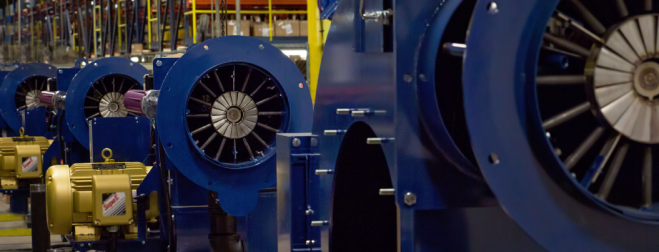
In this article we are going to talk about burner replacements. When do we replace them and what are the benefits?
First, we need to understand that every situation is different and there is no sweeping answer to when or why.
Let’s Start with the Age of the Existing Burner
We know that things do not last forever and that eventually the burner will need to be changed. We’ve seen burners 30-40 years old still in operation, but that comes at a cost. Older burners can start to become unreliable and then you have unwanted service calls. The other problem is that the burners are not supported by the manufacturer. Manufacturers are continuously making their products better and more efficient, thus moving older lines to the wayside.
In some cases, the manufacturer is no longer in business. This creates its own set of problems because you are still able to get parts (usually online), but the online store is limited. You have to know the part number you are looking for or you have to measure the part and match it to a similar part, which can be problematic. If your blower wheel comes apart it is hard to match something that is in several pieces. You are taking a big risk to run this equipment. It never fails to break down when you need it most.
Complete Burner Replacement Will Create Better Efficiency
Another reason to replace your burner is because of efficiency. This can be broke down into a couple segments. In some cases, if you have a burner that is not that old and you can retrofit linkageless controls. This is a nice upgrade from a linkage type burner as linkages tend to drift over time and negatively impact combustion. Another big reason is you are able to separate the 2 fuels, gas and oil. Linkageless retrofits can typically increase the gas side turndown to 4:1-5:1 vs 1.75:1. Consult the burner manufacturer to determine what turndown you are safe to run.
New burners have 10:1 turndown ability and they can also run low O2. This is where your savings are when changing your burner. With linkageless controls you can run a low O2 fuel curve across the entire firing rate with little to no PPM CO.
Emission Upgrade Requirements
Lastly, emissions upgrades could be yet another reason to change your burner. Depending on your location and requirements, you may be required to install an O2 trim system and Flue Gas Recirculation (FGR) system to help reduce NOX. This will also allow you to run even lower O2s in some cases. The downside is that you will have more maintenance because you will have flue gas monitors running at all times.
Selecting the Right Burner
Now that we have gone over why we would change your burner, we want to understand what we would look for when selecting the right burner for your application. First, we need to understand if the existing boiler it too big or if it is sized properly for the application. This may be a good time to put a smaller burner on and go with a high turndown burner. This will help reduce cycling and still have enough BTU/HR during the cold months.
Is the boiler compliant? With a new burner comes a new gas train. This will be code compliant for whatever size boiler burner you are working with. LWCO controls and the manual reset high limit should also be looked at. We also need to make sure we have proper combustion air. If we don’t have enough, we could put the room into a negative and that could cause nuisance burner failures.
Other items to consider are not code related but can help if there is a failure or other problem. This would include a lead-lag system and draft controls. With a touch screen lead-lag system, it can be programmed to alert you (email or text) if there is a failure and it will automatically bring on the lag boiler. You are able to trend your steam flow or water temp which is a good tool to have. We have been able to solve quite a few system problems with this feature. There are many different options to choose from. Some are simple, and some are quite extensive. This is a conversation you should have with the customer to decide which way to go.
Mulcahy Can Help
Now that you have an idea of what the customer would like or need you can reach out to us and we can start putting together a package for you to discuss. We will need to know incoming gas pressure which dictates the gas train size. There could be some savings if we can use a smaller gas line. Electrical is another big must have. We can add a control circuit transformer. So only one power feed to the burner is needed. Will there be any emissions requirements? If so, what is the PPM NOX requirements? In some cases, we can meet emissions with the proper burner without the need for O2 trim or FGR. Once we have this info, we can start putting together pricing with all the components you need.

